LFG GPT - Semantic Heuristic Navigation
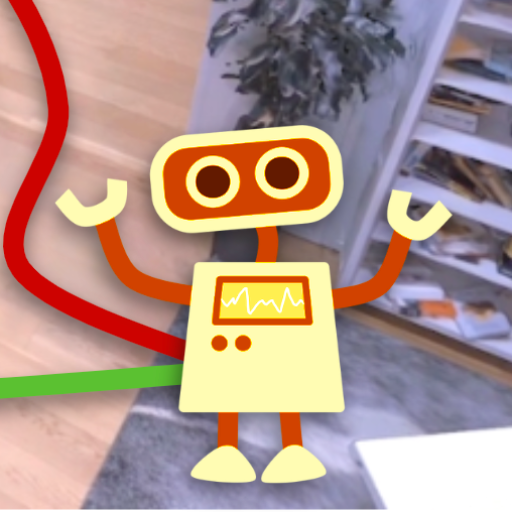
Hello
Navigate smartly with AI-powered semantics
Summarize the key takeaways of LFG
How does LFG compare to alternative methods
What are some limitations of LFG
Describe how LLMs score subgoals in LFG
Get Embed Code
Introduction to LFG GPT
LFG GPT, short for Language Frontier Guide, is a method that leverages the reasoning capabilities of large language models (LLMs) to create a search heuristic for guiding exploration in previously unseen real-world environments. It combines the strengths of search-based planning with LLM reasoning, enabling effective navigation towards open-vocabulary natural language goals. LFG GPT is designed to work with both geometric and topological navigation pipelines, making it versatile for various real-world navigation challenges. A key feature is its ability to use LLMs not as direct navigational instructions but as heuristics that bias exploration, thus aiding robots in rapidly navigating new environments by incorporating semantic knowledge. Powered by ChatGPT-4o。

Main Functions of LFG GPT
Semantic Guesswork for Planning
Example
In a scenario where a robot is searching for a spoon in an unseen house, LFG GPT can suggest exploring towards the dishwasher, as it’s likely to lead to the kitchen where the spoon may be found.
Scenario
Utilizing narratives generated by LLMs to suggest likely locations of objects in unfamiliar environments, aiding in efficient exploration and navigation.
Heuristic-based Search Integration
Example
In an airport navigation scenario, LFG GPT can guide the robot by suggesting areas like near exit signs or food courts, based on common airport layouts.
Scenario
Incorporating semantic knowledge from LLMs into existing robotic navigation systems as heuristics, enhancing their ability to navigate through unfamiliar settings by leveraging semantic cues.
Adaptability to Different Mapping Techniques
Example
LFG GPT can be applied to a robot using a topological map in a cluttered cafeteria, aiding it to navigate by identifying and suggesting movement towards relevant semantic clusters.
Scenario
Being agnostic to the type of map representation (geometric or topological), LFG GPT can adapt its functionality to various navigation systems and their respective environment representations.
Ideal Users of LFG GPT Services
Robotics Researchers and Developers
Individuals or teams involved in developing autonomous navigation systems, particularly those working on exploration and mapping in unknown environments, would benefit from LFG GPT’s ability to integrate semantic reasoning into planning algorithms.
Companies in Robotics and Autonomous Systems
Businesses focused on creating or employing autonomous robots for tasks like delivery, surveillance, or assistance, especially in dynamically changing environments, can leverage LFG GPT to enhance their robots' navigational capabilities.
Educational Institutions and Labs
Universities and research labs focusing on AI and robotics can use LFG GPT for educational purposes and advanced research in the field of autonomous navigation, human-robot interaction, and AI.

Guidelines for Using LFG GPT
1
Visit yeschat.ai for a free trial without login, also no need for ChatGPT Plus.
2
Familiarize yourself with the paper 'Language Frontier Guide (LFG)' to understand its methodology and applications.
3
Identify your specific application scenario, such as robotics, navigation, or semantic exploration, where you can apply LFG GPT.
4
Integrate LFG GPT with your system, ensuring it can interact with your environment's maps and language-based queries.
5
Utilize LFG GPT's language model for generating heuristic scores to guide decision-making in your navigational tasks.
Try other advanced and practical GPTs
Self-Correcting Dynamics Explained
Insightful Dynamics, Intelligent Analysis
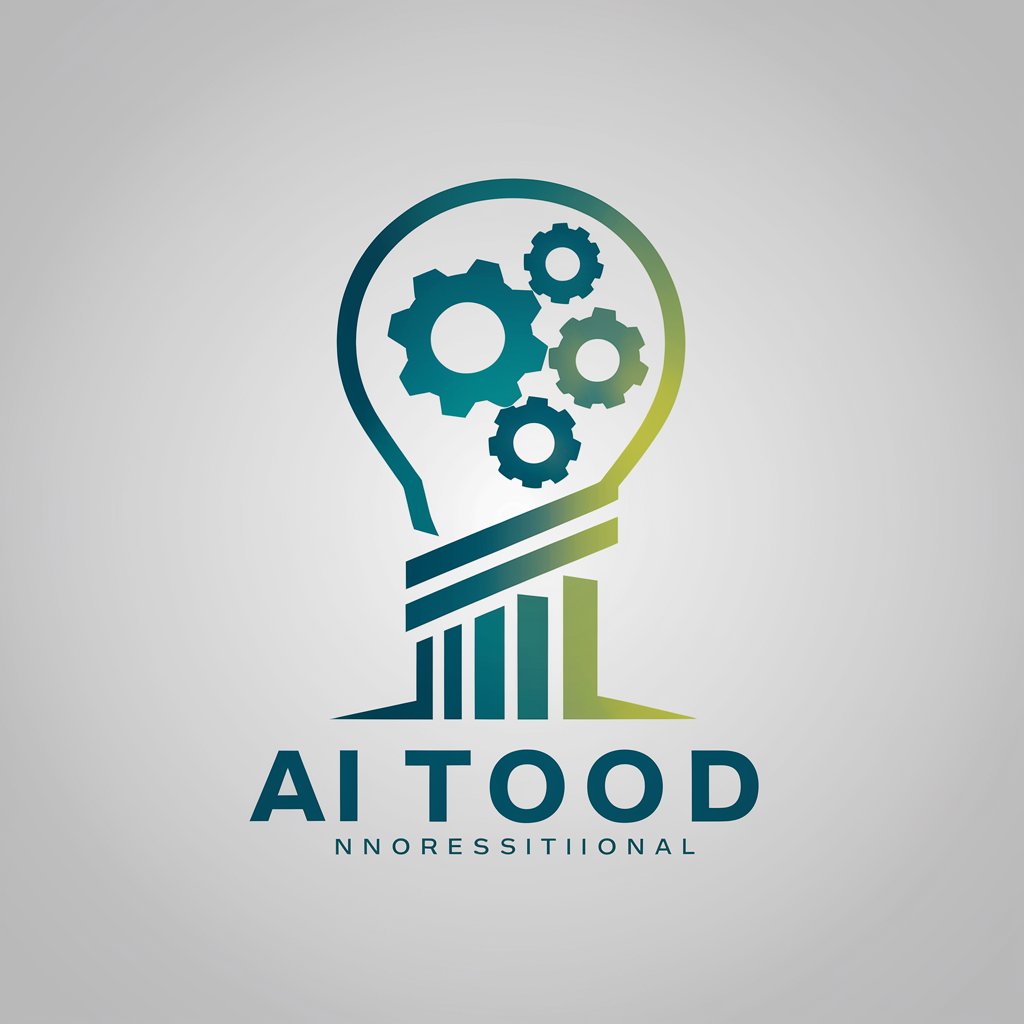
Fitness Bullsh*t Detector
Uncover Truth in Fitness, AI-Powered
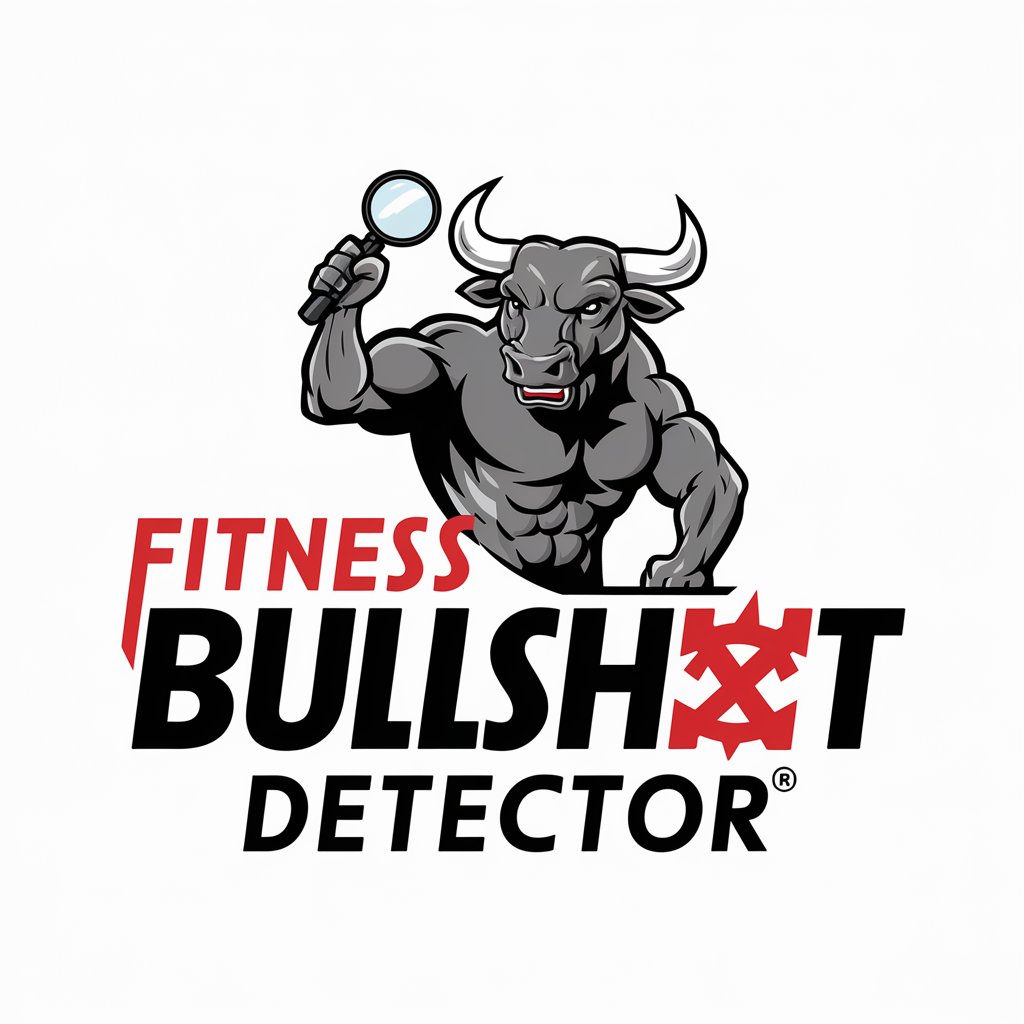
Referenciador ABNT
Facilitando a escrita acadêmica com IA
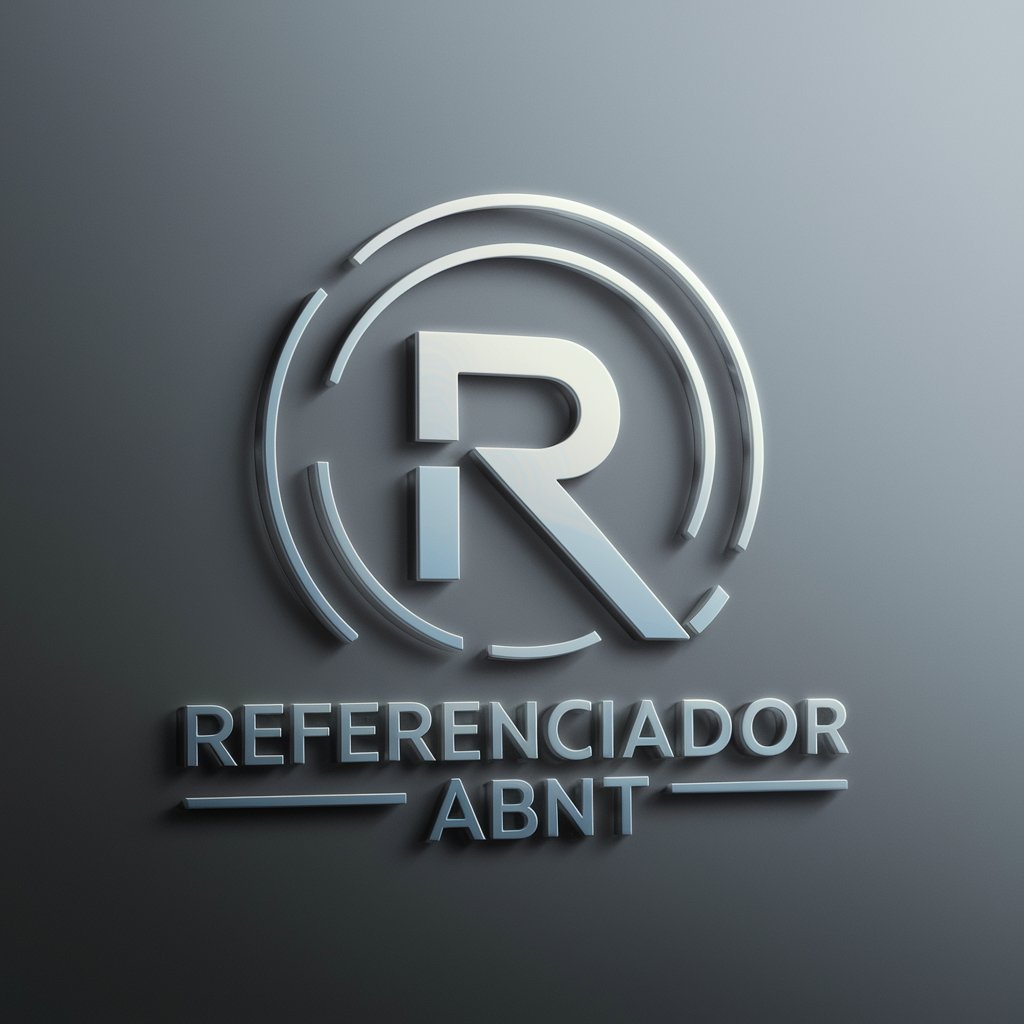
Cosmic Dream
Your AI-powered muse for boundless creativity.

ThursdAI WiseOwl GPT
Your AI-Powered ThursdAI Guide
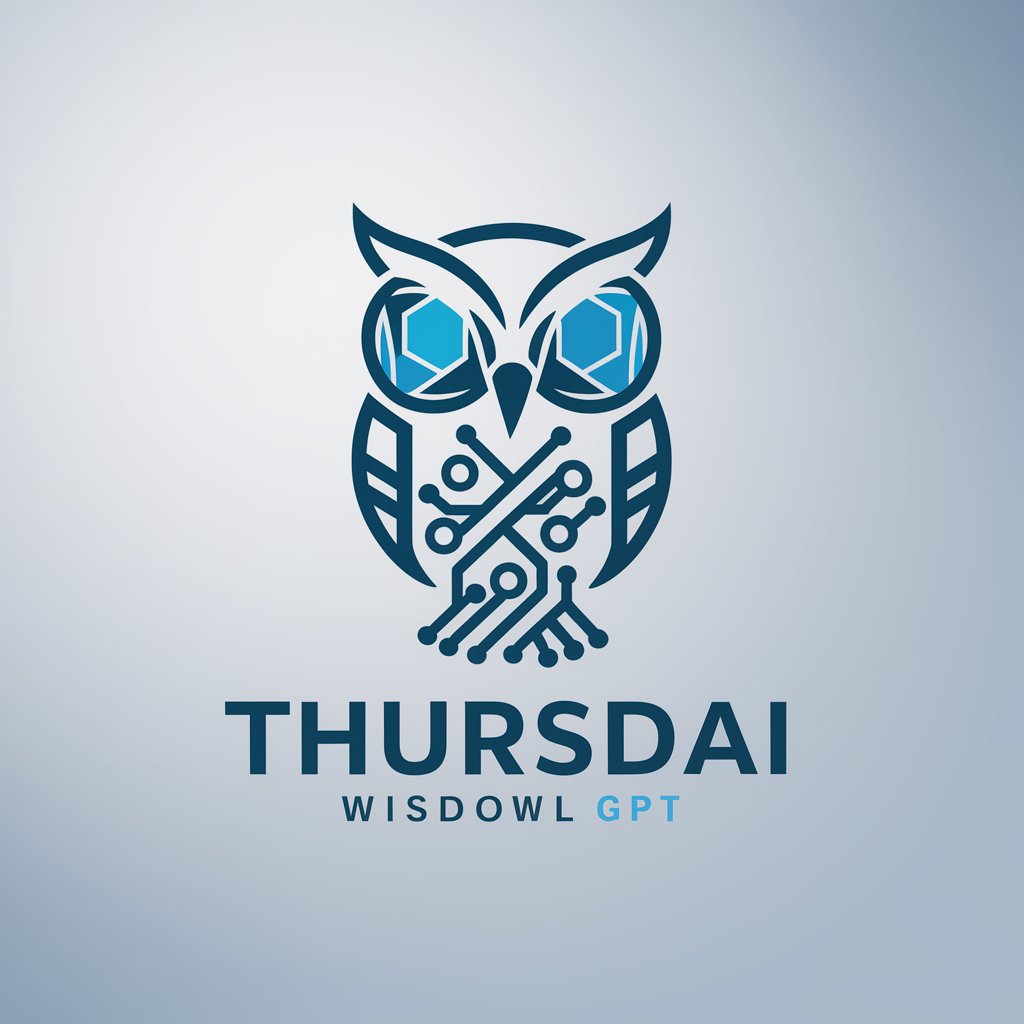
finance brot
Empowering Investments with AI Insight
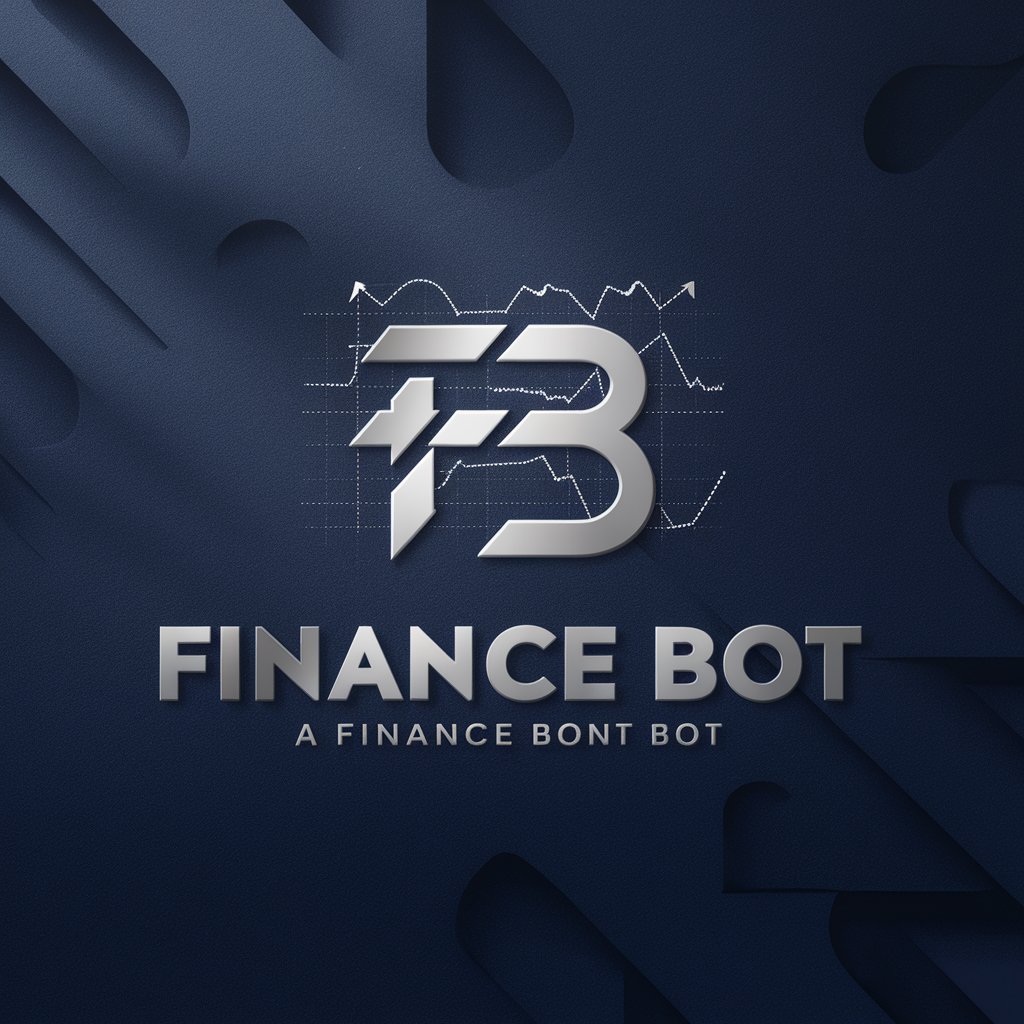
Art Mentor
Visualize Art, Enhance Creativity
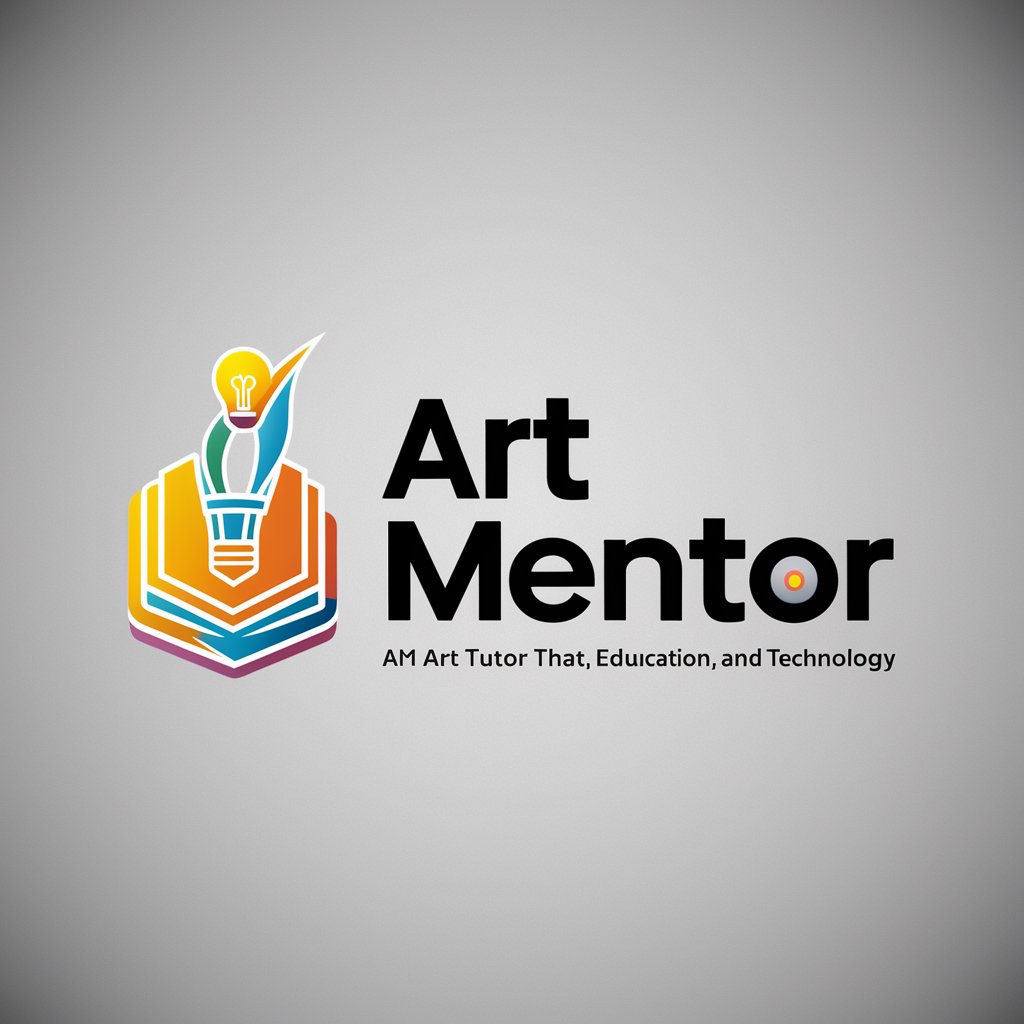
Professor Chad
Your Witty AI Knowledge Partner
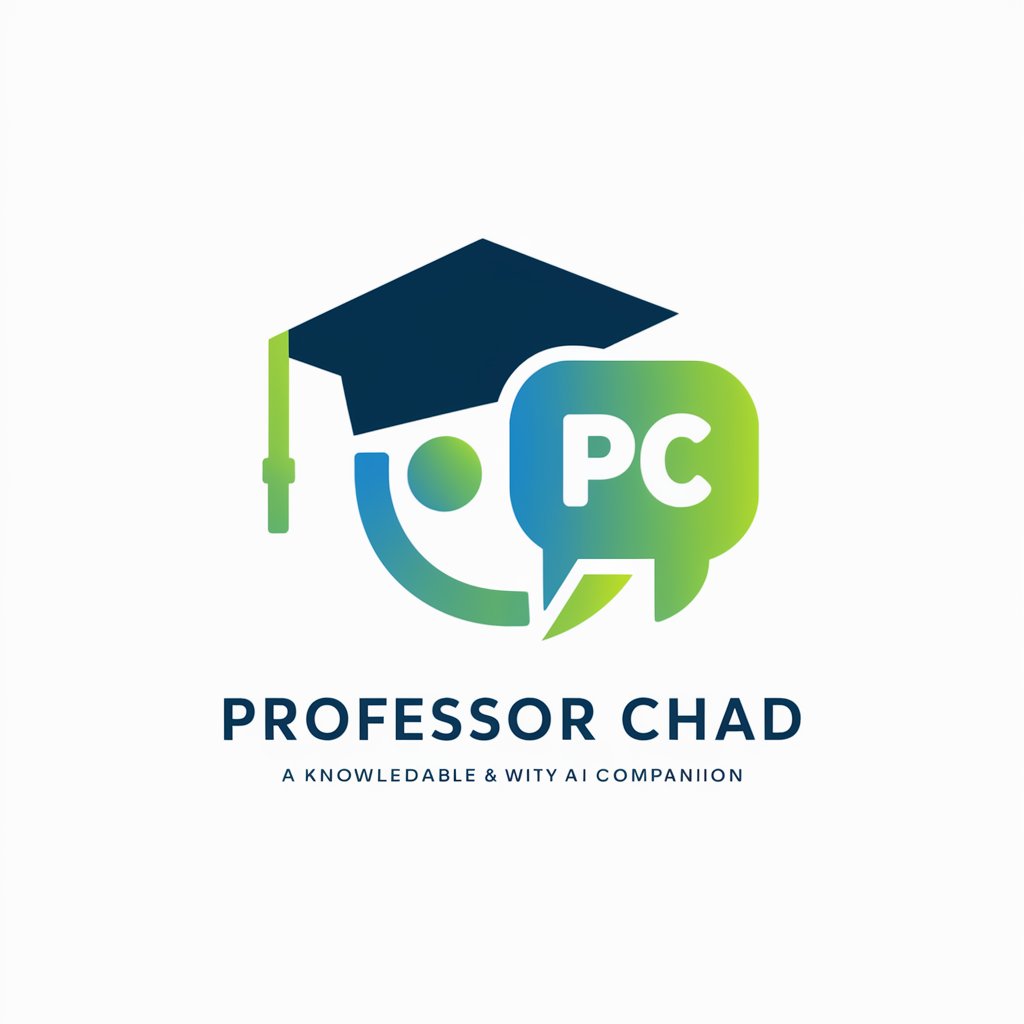
GeoStrategist
Strategize Globally with AI-Powered Insights
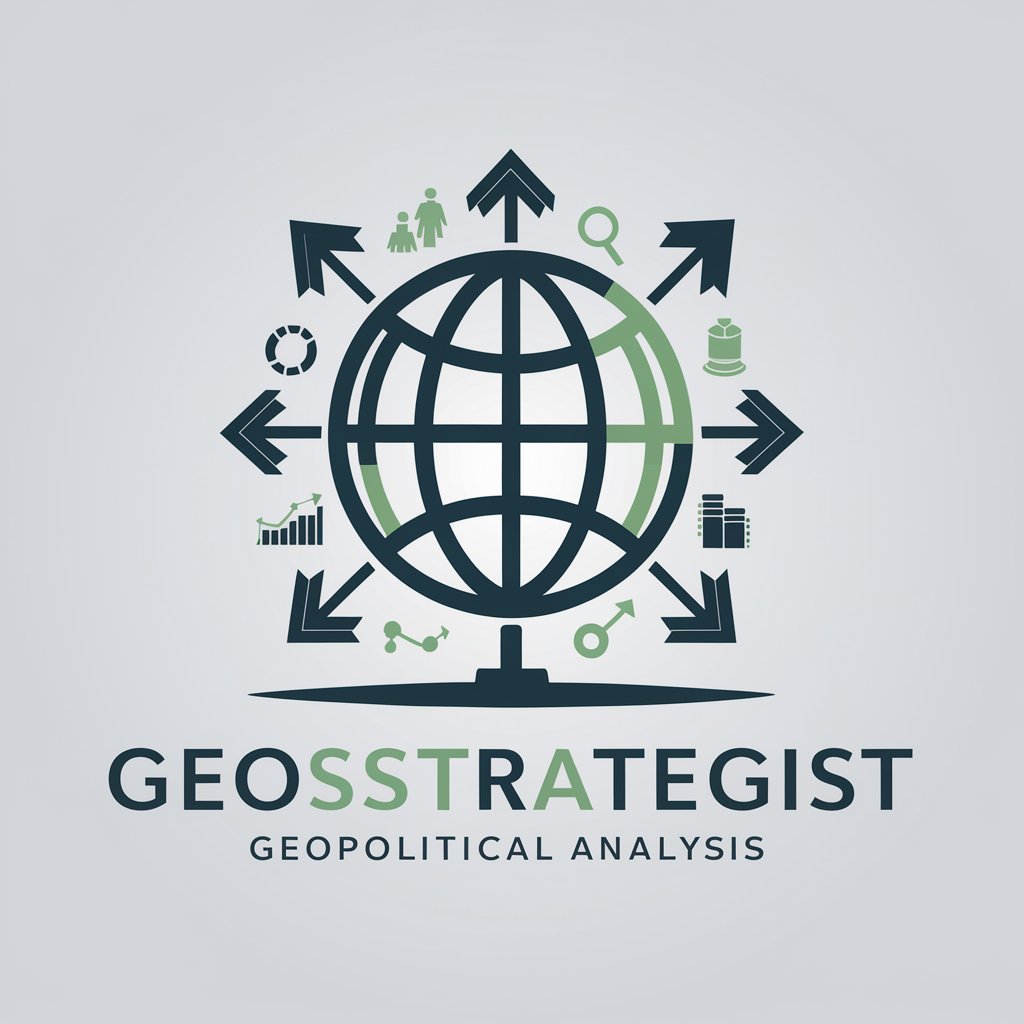
Athena
Empowering Philosophical Conversations with AI
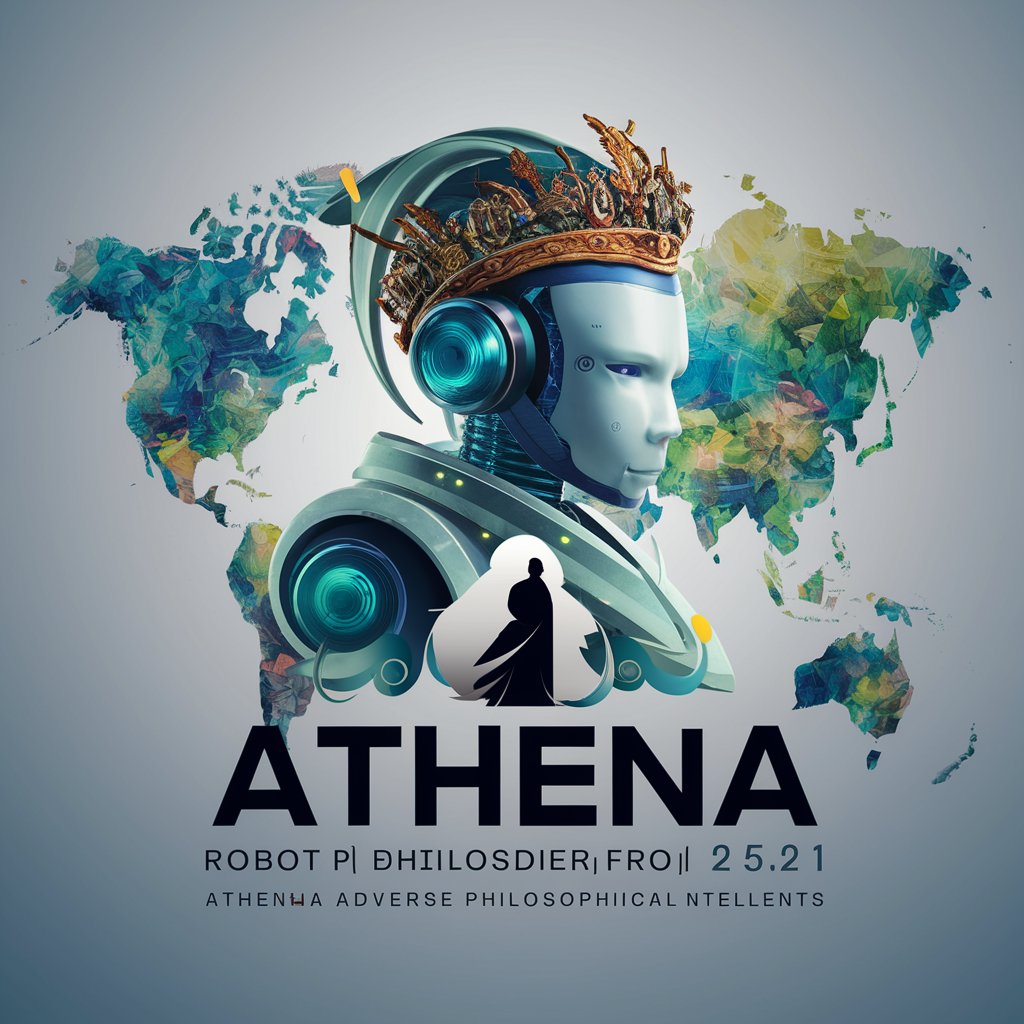
GAPP STORE
Your Expert AI Assistant Hub
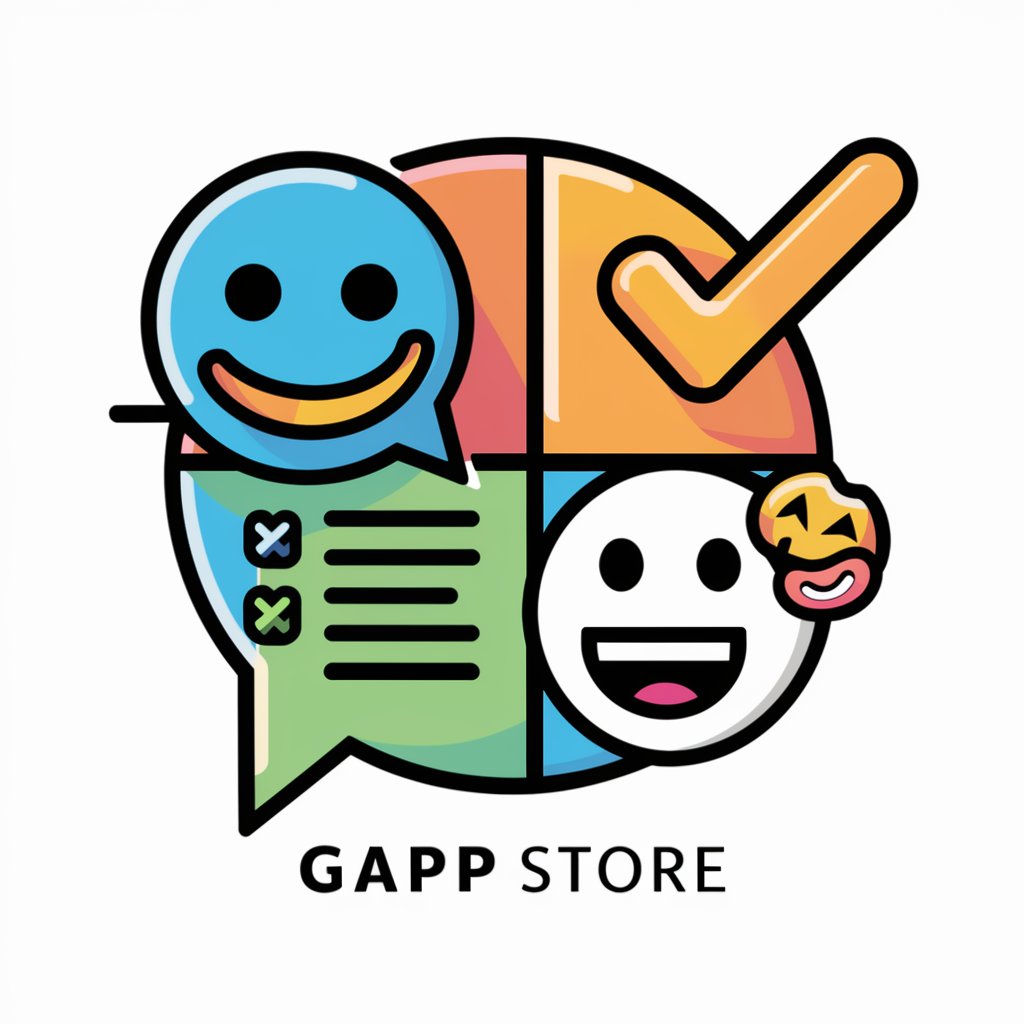
ahaGPT
Guiding Joy with AI Insight
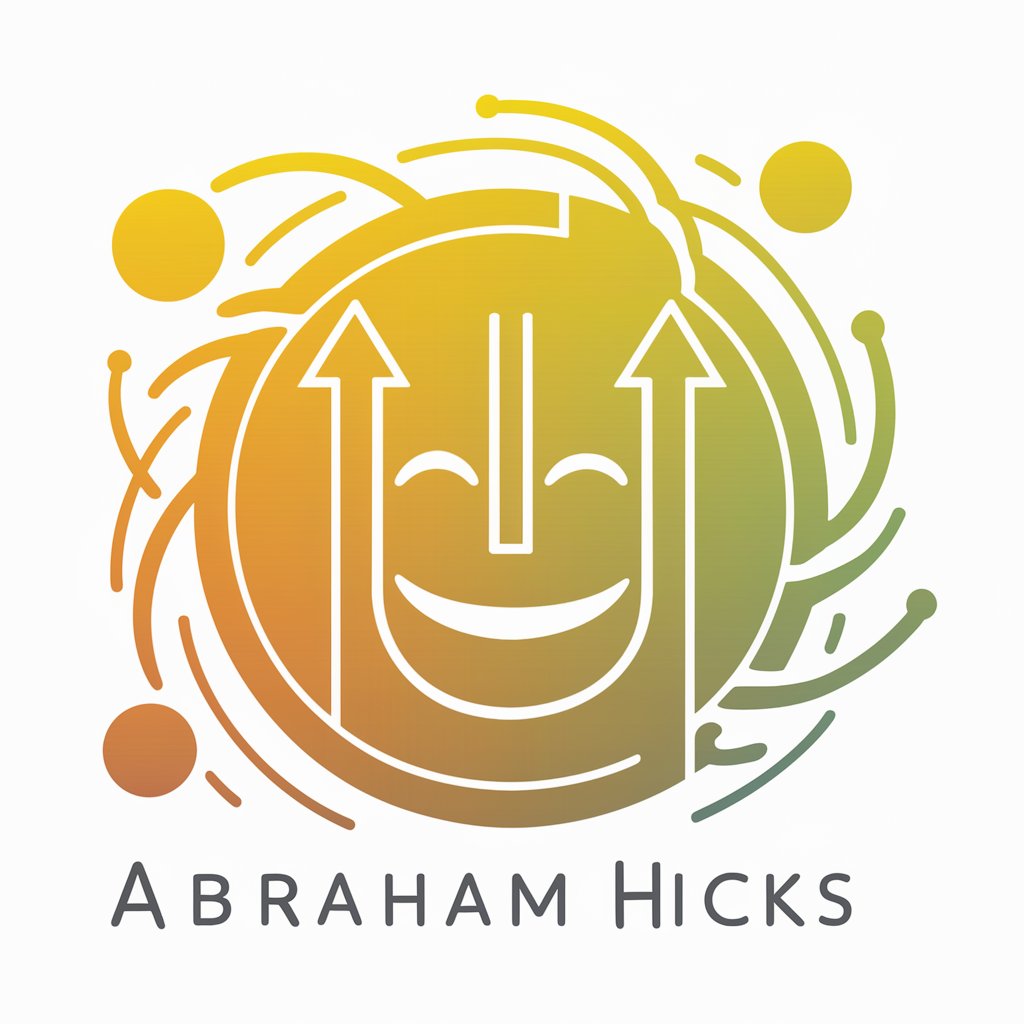
Q&A about LFG GPT
What is the primary function of LFG GPT in robotic navigation?
LFG GPT's primary function in robotic navigation is to provide heuristic scores based on language models to guide exploration in previously unseen environments, combining search-based planning with language model reasoning.
How does LFG GPT differ from traditional language models in application?
Unlike traditional language models that directly instruct a robot, LFG GPT uses semantic guesswork from language models as a guiding heuristic, effectively combining semantic knowledge with planning algorithms for more efficient navigation.
Can LFG GPT be applied in any robotic navigation scenario?
LFG GPT is versatile and can be integrated with different navigational setups, including both geometric and topological maps, making it suitable for a variety of robotic navigation scenarios.
What are the advantages of using LFG GPT in exploration tasks?
LFG GPT offers the advantage of accelerating goal-directed exploration by leveraging semantic priors from language models, thus outperforming uninformed exploration and other language model-based approaches.
How does LFG GPT handle scenarios where language model suggestions are incorrect?
In cases where language model suggestions are incorrect, LFG GPT can revert to conventional unguided search methods, ensuring robustness and flexibility in navigation.
